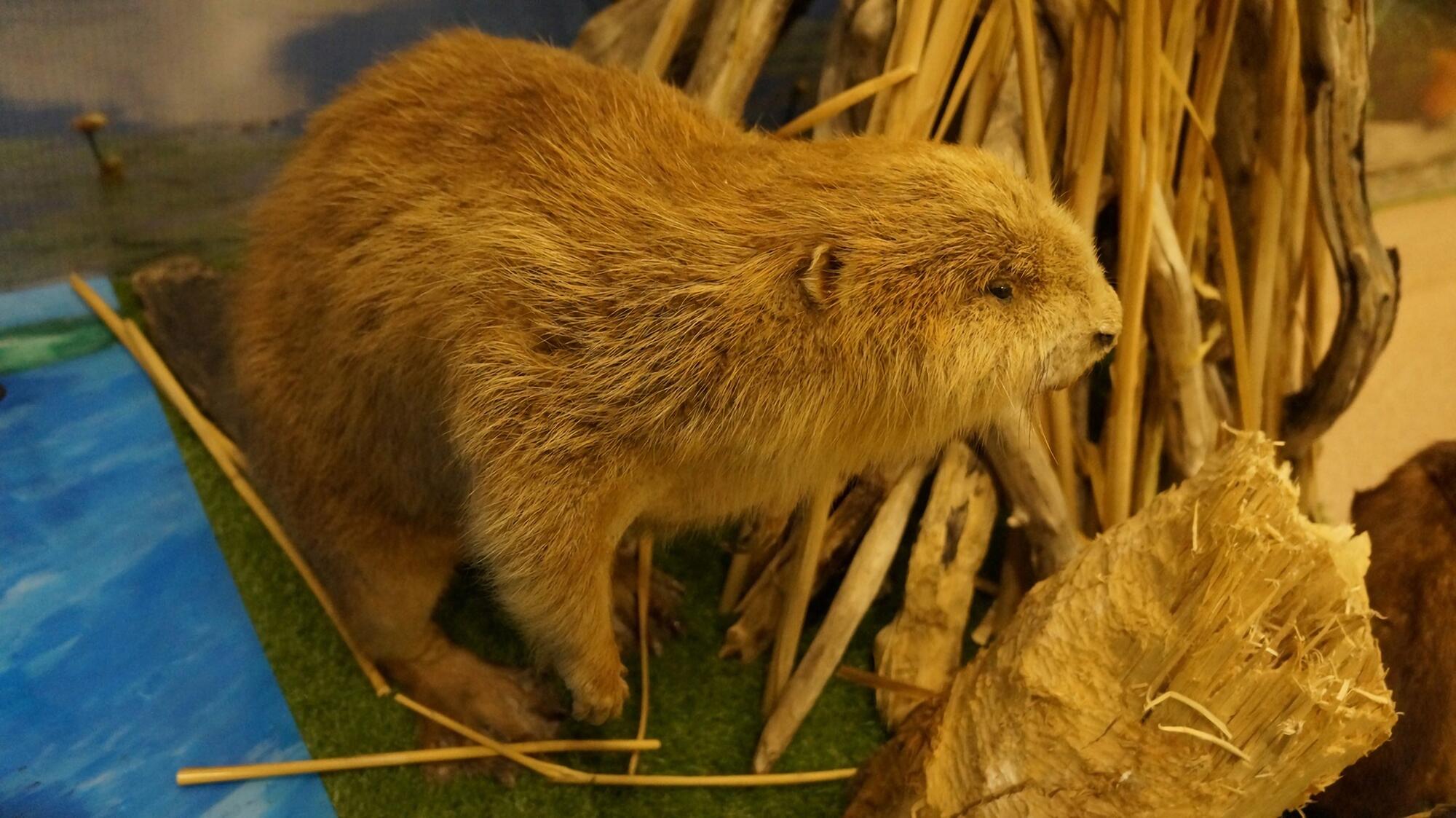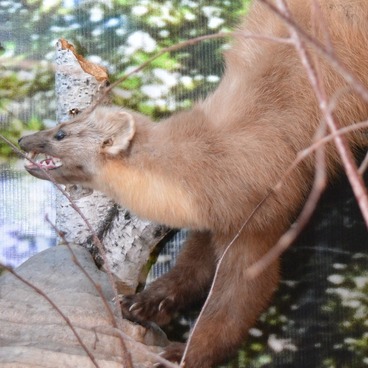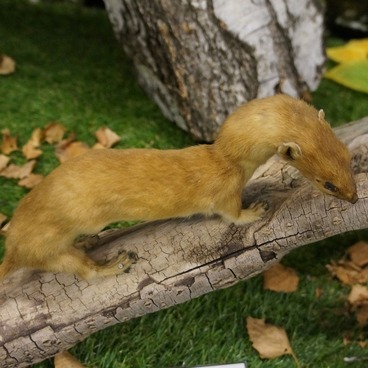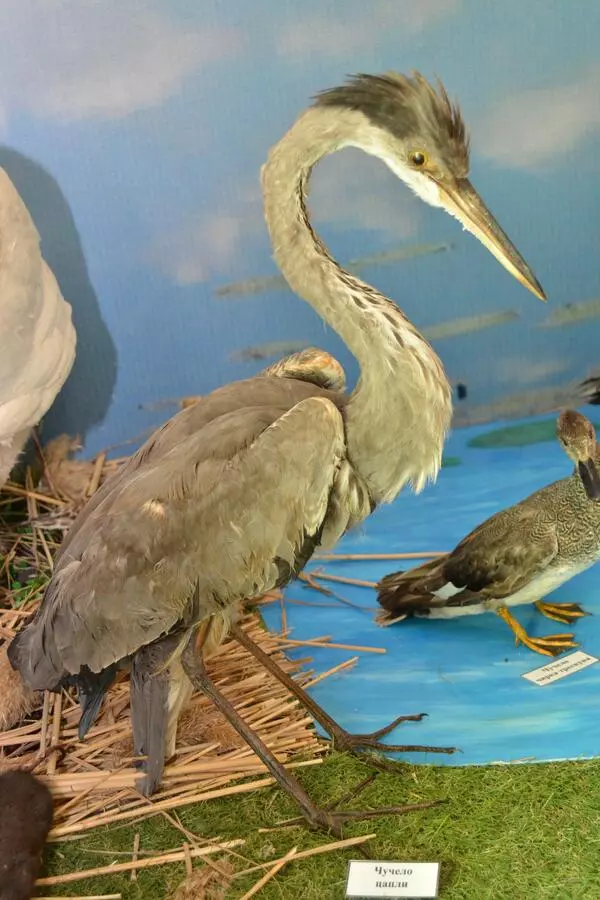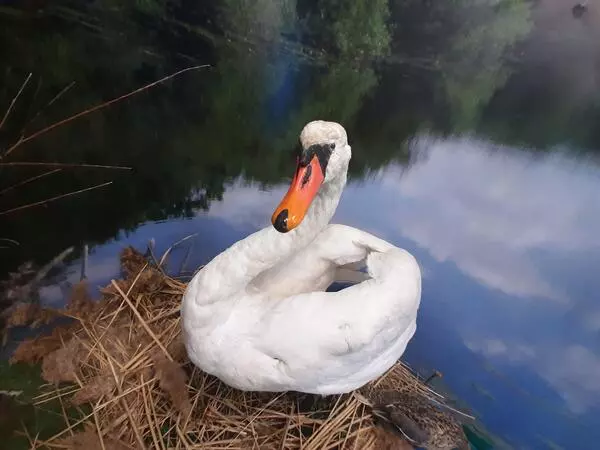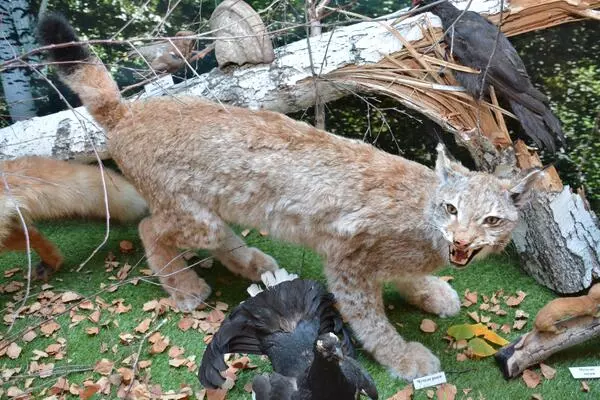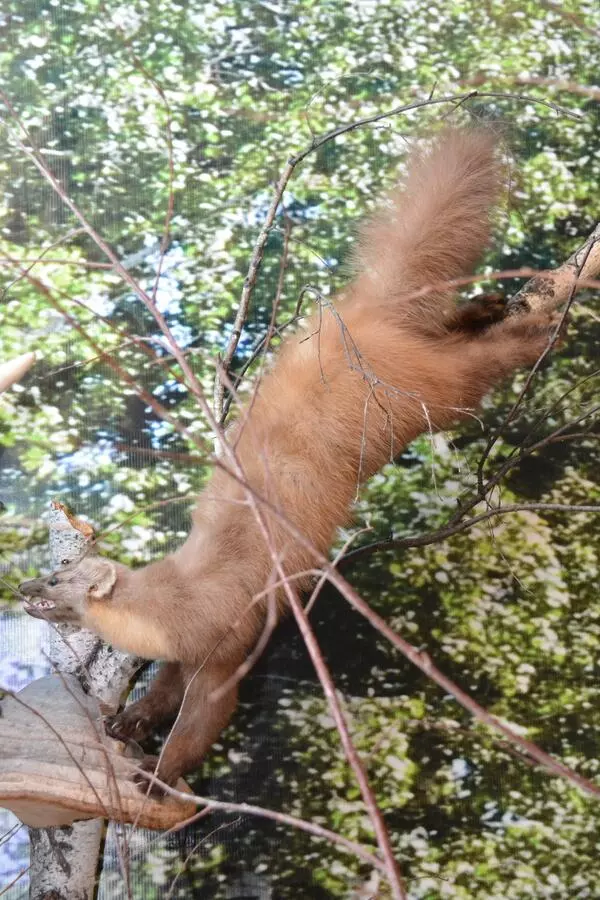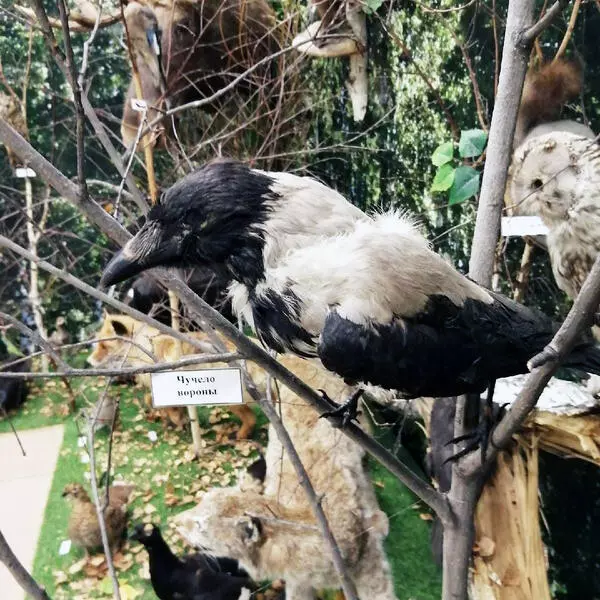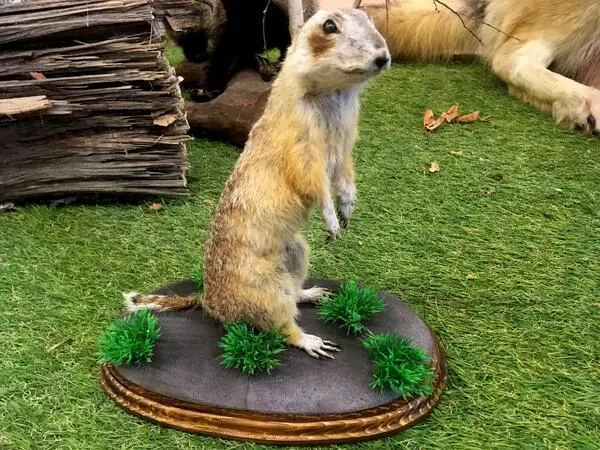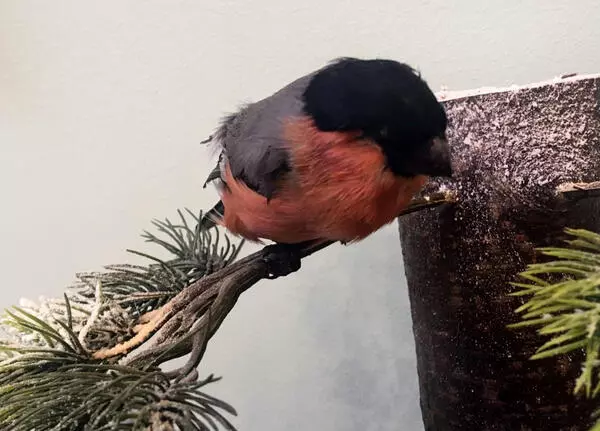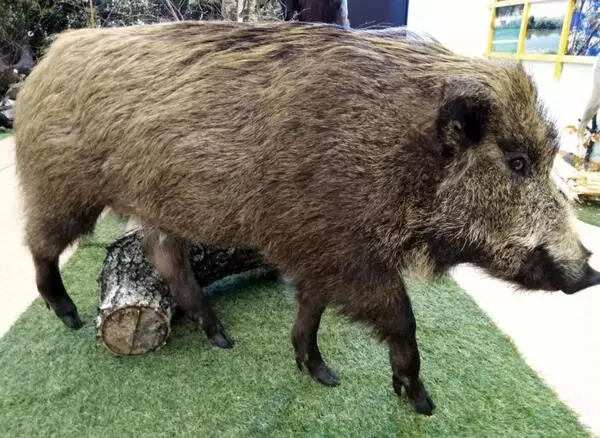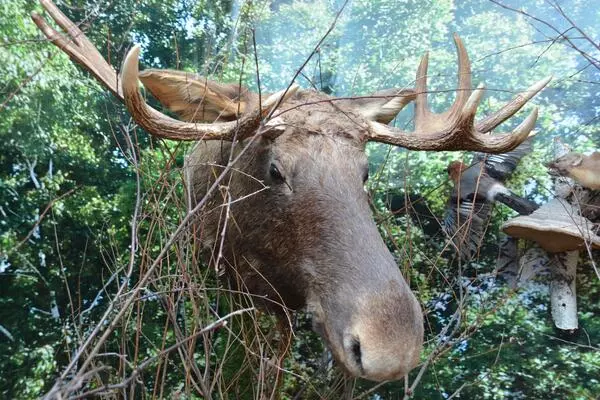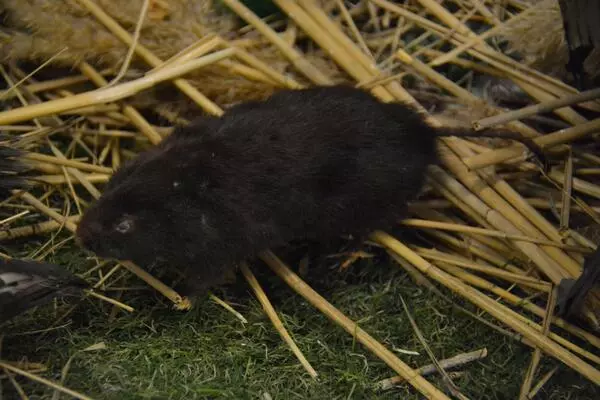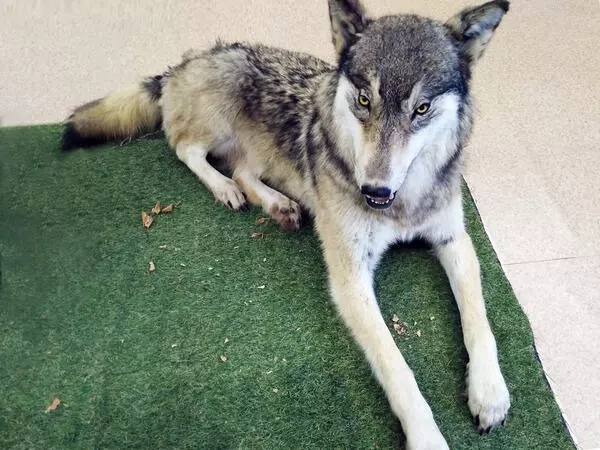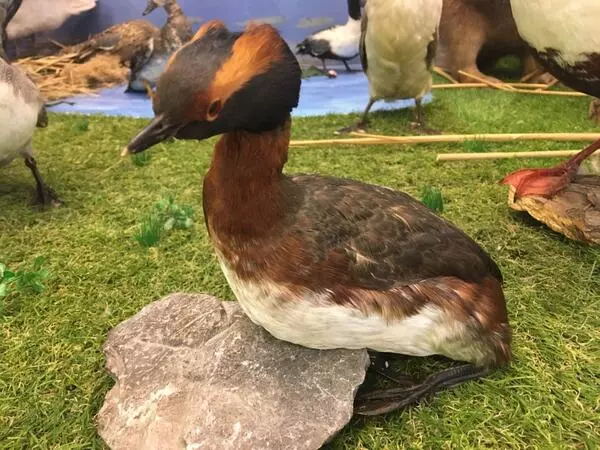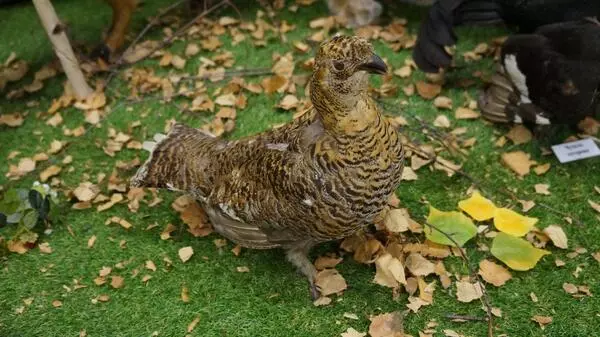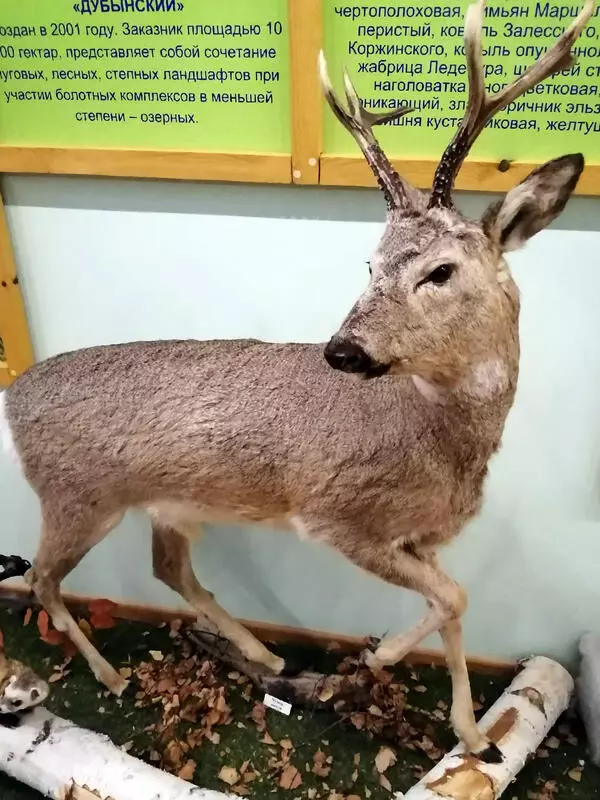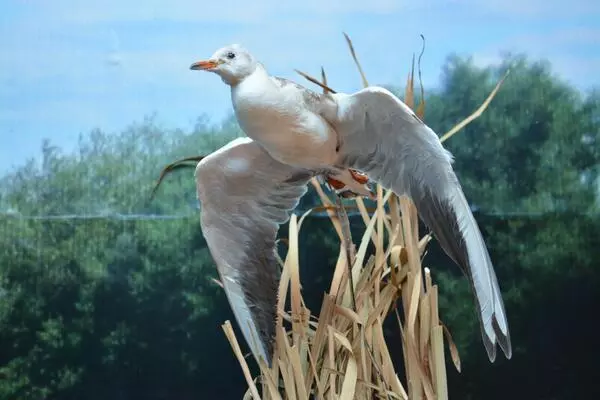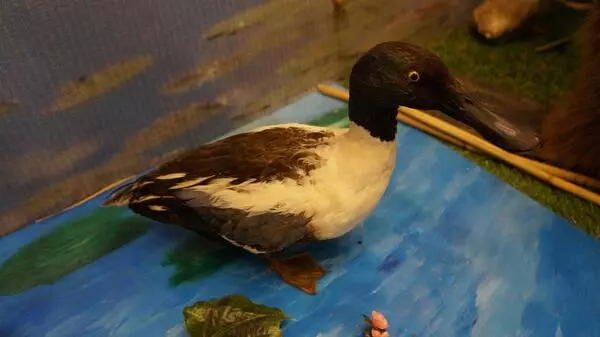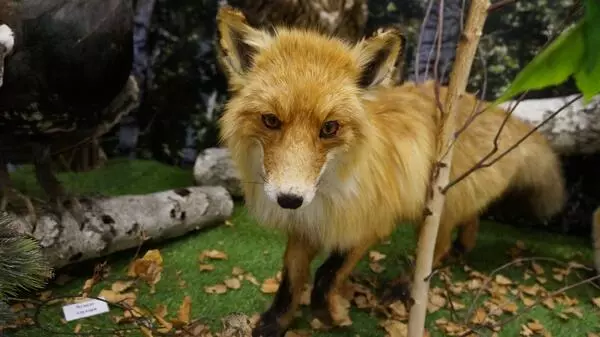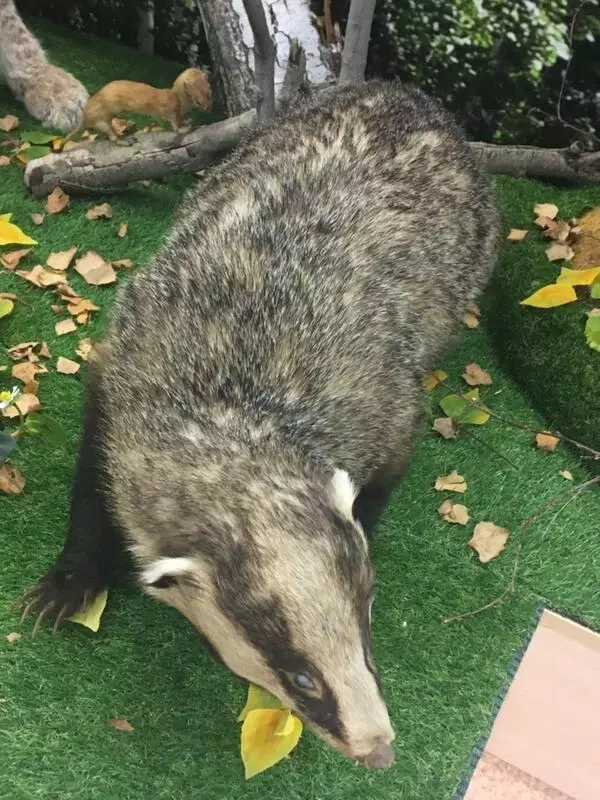The European beaver is a large rodent in the CastOridae family. An adult beaver can reach 125 centimeters in length (head to tail) with a weight of up to 30 kilos. The beaver’s body is massive and clumsy, making the animal look somewhat awkward. Its fore and hind paws have five toes each. The hind paws are much larger and fully webbed. The beaver’s small eyes have a vertical pupil and a nictitating membrane to cover the eyes when it dives. The membrane protects the beaver’s eyes from water but allows it to see everything happening underwater. The beaver’s tail is quite unique. Round at the base, it is flattened in the middle and end parts and covered with scales with little hair in between them.
The life of the European beaver revolves around water. Although it spends most of the time on land, it never lives away from water. Their favorite locations include forest rivers, lakes, and backwaters. Beavers live alone or in families. A full beaver family consists of 5 to 8 animals: an adult pair and their kits and yearlings. Sometimes, a family can occupy the same area for many generations. The beaver marks its territory using the secretion of its scent gland called castoreum.
Beavers live in burrows or lodges. A beaver burrow is a maze with four to five entrances, one of which is always submerged for safety reasons. Beavers build lodges where it is impossible to dig a burrow. A lodge is a cone-like structure made of brushwood held together by mud. Its height is one to three meters, while its diameter varies from 10 to 12 meters. Beavers coat the walls of their lodges with mud and clay to make it a true fortress that defies any predator’s attack. Contrary to common belief, beavers carry clay with their forepaws, not on their tails.
Beavers make dams to control the level of water in the river to keep entrances to their lodges submerged and inaccessible to predators. On average, it takes a beaver family a week to build a 10-meter dam. Scientists are not sure yet how beavers split duties when working together, which they definitely do because they follow a common plan, a precise and detailed one, when creating and maintaining their dams.
The life of the European beaver revolves around water. Although it spends most of the time on land, it never lives away from water. Their favorite locations include forest rivers, lakes, and backwaters. Beavers live alone or in families. A full beaver family consists of 5 to 8 animals: an adult pair and their kits and yearlings. Sometimes, a family can occupy the same area for many generations. The beaver marks its territory using the secretion of its scent gland called castoreum.
Beavers live in burrows or lodges. A beaver burrow is a maze with four to five entrances, one of which is always submerged for safety reasons. Beavers build lodges where it is impossible to dig a burrow. A lodge is a cone-like structure made of brushwood held together by mud. Its height is one to three meters, while its diameter varies from 10 to 12 meters. Beavers coat the walls of their lodges with mud and clay to make it a true fortress that defies any predator’s attack. Contrary to common belief, beavers carry clay with their forepaws, not on their tails.
Beavers make dams to control the level of water in the river to keep entrances to their lodges submerged and inaccessible to predators. On average, it takes a beaver family a week to build a 10-meter dam. Scientists are not sure yet how beavers split duties when working together, which they definitely do because they follow a common plan, a precise and detailed one, when creating and maintaining their dams.
